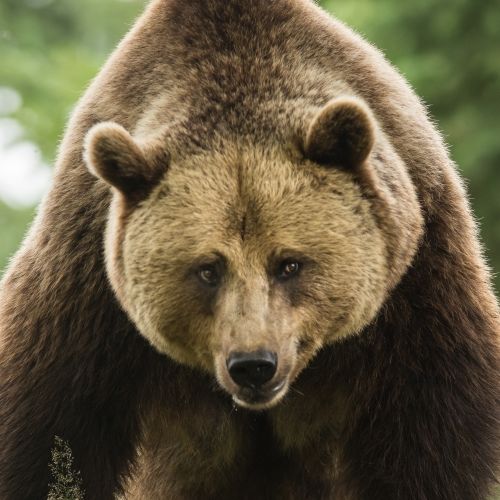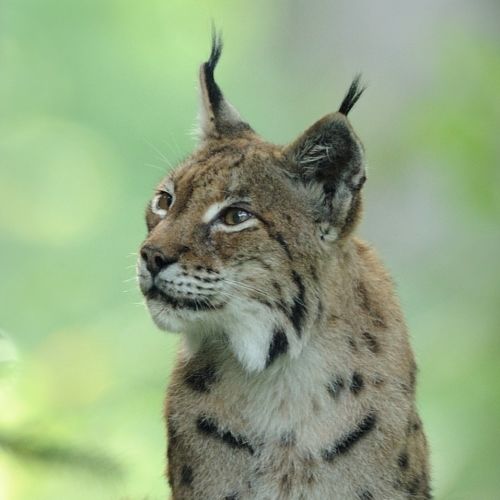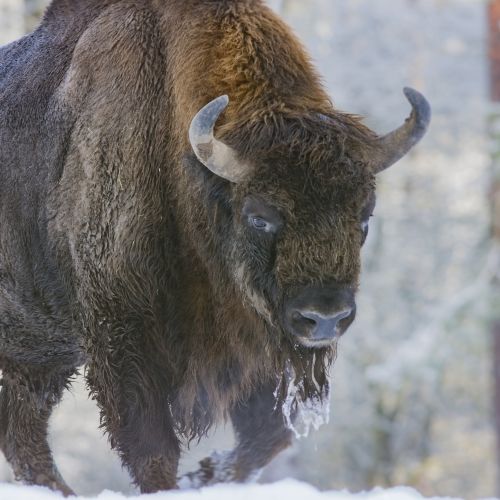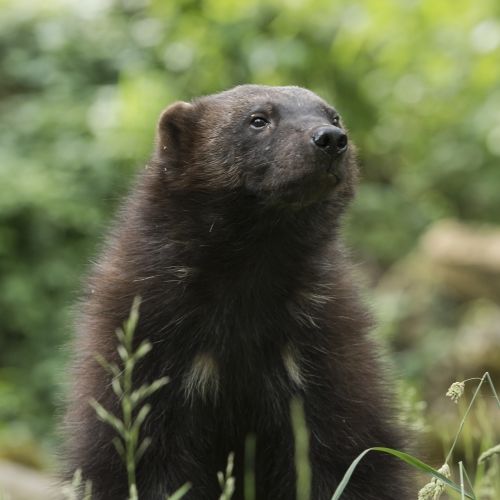The Eurasian eagle-owl
Between the tree branches, two pumpkin orange eyes glow… Perched atop the largest oak in the forest, the king of the night blends in with the venerable trees. Perfectly immobile, its piercing gaze/roams the horizon. Very gently the breeze caresses its ear tufts, the pretty feathers on the top of its head. A tit hopping about on some twigs draws its attention. The tiny bird scratches the ground. Intrigued, the eagle-owl tilts it head and suddenly the tableau comes to life… The slight movement has betrayed its presence. To see an eagle-owl is not a ordinary experience, it is a stroke of luck!

A colossus among the nocturnal raptors
The Eurasian eagle-owl is the largest nocturnal raptor in the whole of Europe. Its hunting activity is focused in the first few hours after sunset and the first few hours after sunrise. This apex predator will eat just about anything, it will most definitely devour any and all prey it manages to overpower: mice, hares, foxes, birds…
In Europe the eagle-owl was for a long time used to get rid of birds that were considered as “pests”: raven, magpies, crows… But it was also persecuted as the result of superstition and nailed onto barn doors to ward off evil spirits and bad luck. By the first half of the 20th century, the species had totally disappeared from this neck of the woods. Thankfully, a vast reintroduction programme initiated in Germany in 1960 allowed the species to reappear in Wallonia as of 1982. Nowadays, approximately 100 couples roost in the wild in Wallonia, one of which in the Domain’s Wildlife Park!
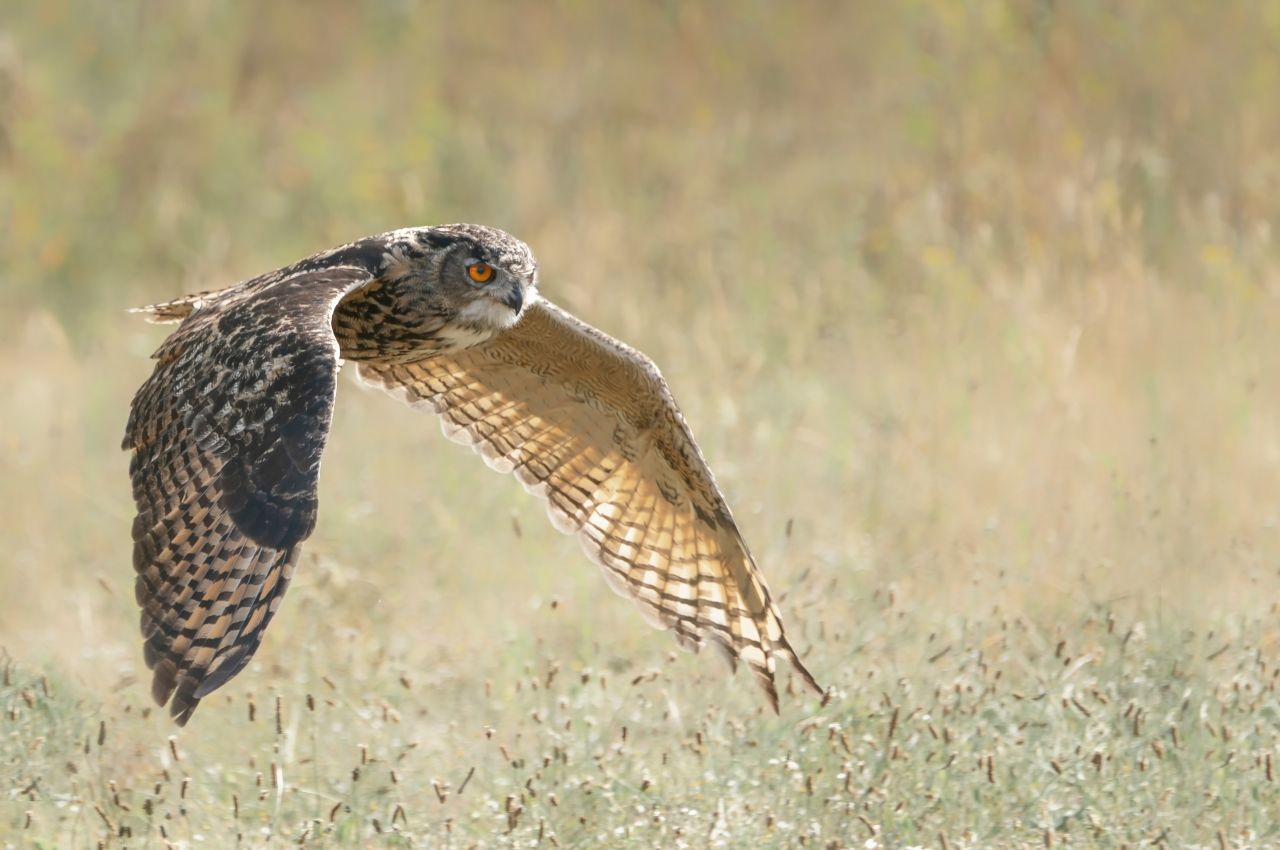
Social life
The Eurasian eagle-owl pairs for life. At the beginning of spring, it builds a nest in which the female lays 2 to 4 eggs. The female owl then broods the eggs on her own, for 31 to 36 days. The eagle-owl is territorial by nature, although not strictly so, as territories may partially overlap. Nevertheless, the eagle-owl will come back and roost in the same place each year, if the environment still suits its needs.
Did you know that?
The males are slightly smaller than the females of the species.
The eagle-owl has distinctive ear tufts, which are about 8 cm long. Contrary to what one may think, these are not ears but small feathers!
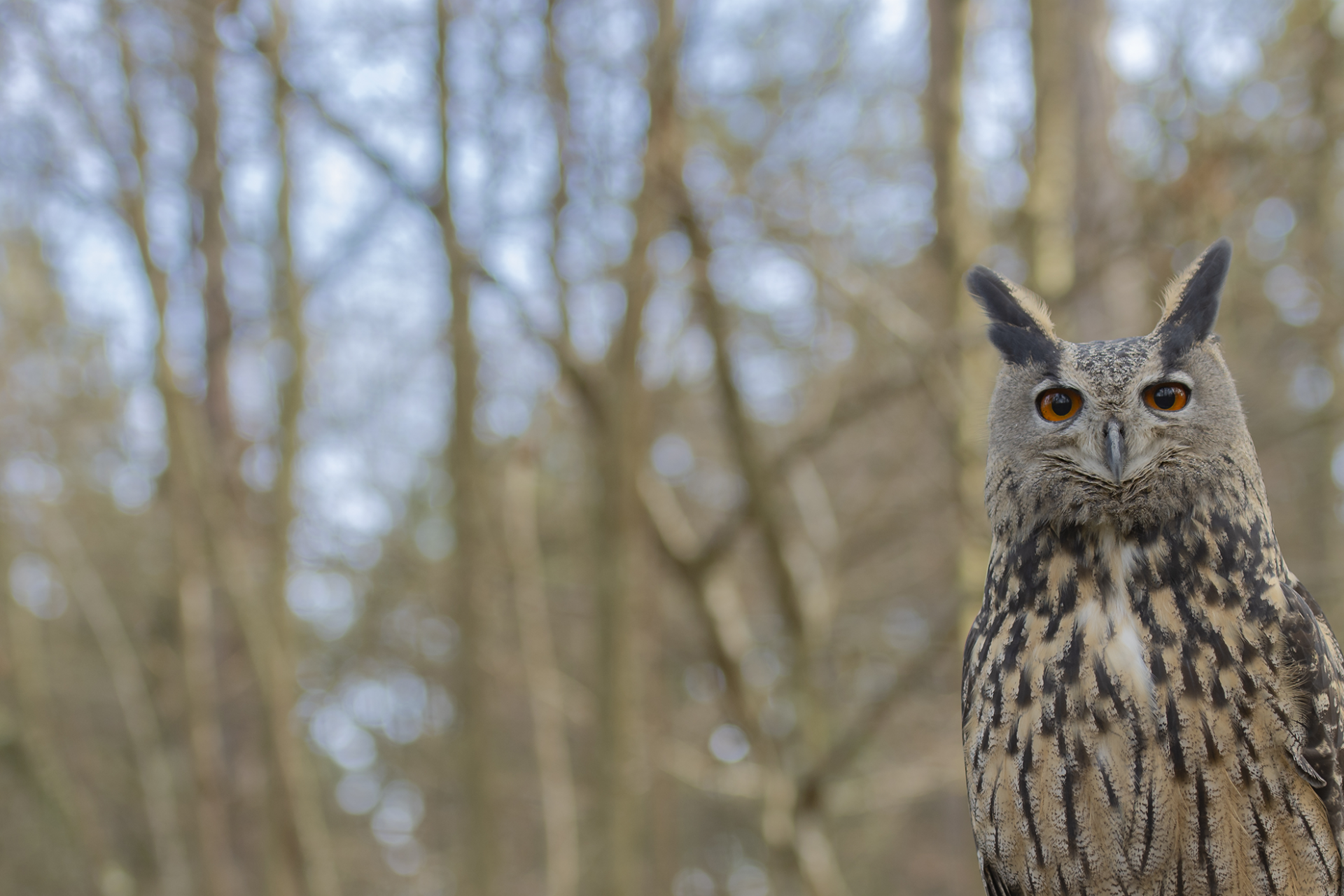
Discover the European Big 5
The bison, the wolverine, the wolf, the lynx and the brown bear
